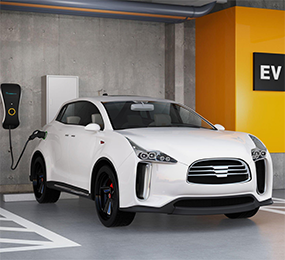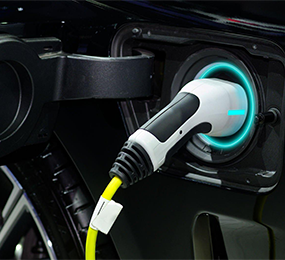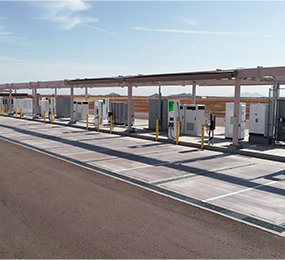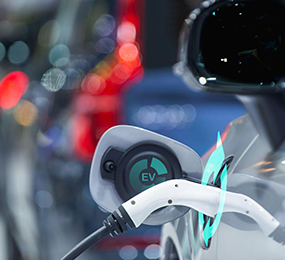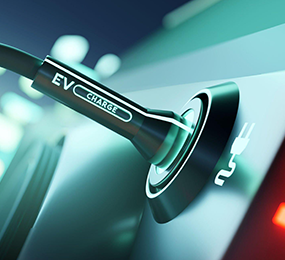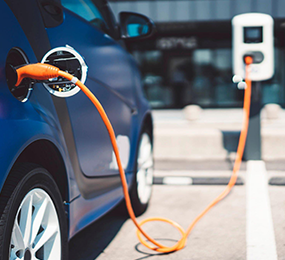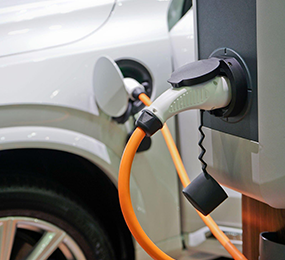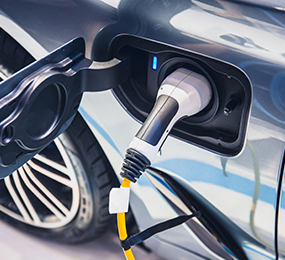EV charging infrastructure in Europe by 2030
Installation of Charging Stations
There are two possible scenarios: one in which an oversupply of existing charging stations drives EV demand, and another in which charging points are added in accordance with current utilization growth rates. Even under the more conservative scenario, by 2030, the country would need to increase its existing 340,000 charging stations to the anticipated 3.4 million public chargers needed to fulfill the demands of its future EV fleet. (This includes 2.9 million public charges for passenger vehicles, 0.4 million for light commercial vehicles, and 0.1 million for trucks and buses. It excludes the expected 29 million private charging stations that homeowners, apartment building managers, and office parking operators will be required to construct.)
This more cautious scenario would necessitate a jump from roughly 1,600 public charging point installations per week in 2021 to more than 10,000 per week in 2030.
Renewables: collaborating with EVs to decarbonize
If the energy necessary to charge EVs is generated by fossil fuels, broad adoption of EVs might help Europe meet its decarbonization ambitions. To avoid EVs from increasing Europe's carbon emissions, the proposal asks for the creation of enough renewable-energy capacity to match the extra electricity demand predicted from future EVs.
Electricity demand arising solely from the charging of passenger and business EVs might climb from nine terawatt hours (less than 1 percent of the region's current total electricity usage) in 2021 to 165 terawatt hours in 2030. As a result, even if EV-specific power demand grows by about 40% each year, it may still account for just approximately 6% of total electricity use.
Infrastructure resources will necessitate financial investments.
The infrastructure rollout is expected to cost €240 billion in hardware and installation by 2030. This involves the installation of additional charging stations, the upgrade of power infrastructures, and the expansion of renewable energy producing capacity. More than half of this financing, or €130 billion, would go toward the design, engineering, and installation of new public and private charging stations (20 and 40 percent of the total, respectively). 15% would pay for grid upgrades, while 25% would pay for renewable energy capabilities.
Homeowners will be responsible for the hardware and installation of their own charging outlets, with government incentives available to help offset costs. Private charging operators (looking to profit on their investments) or local public utilities will build public charging stations. Grid upgrading costs will eventually be passed on to end users as power distribution prices. Utilities will construct and fund new renewable energy capacity.
What all of this can imply for important stakeholders
There are two potential infrastructure development paths, each of which might have a distinct impact on stakeholders:
1. In the utilization-oriented strategy, charging point deployment would be adjusted to develop enough public charging infrastructure to match current consumption growth rates.
2. In the more ambitious demand-driven strategy, a plethora of charging sites will be built to encourage rapid EV adoption.
This is only one possible area of diversity in outcomes as this massive infrastructure project proceeds. While scanning the horizon, stakeholders will need to evaluate a variety of scenarios.
Visit our website to know more: https://www.leadventgrp.com/events/ev-charging-infrastructure-forum/details
For more information and group participation, contact us: [email protected]
Leadvent Group - Industry Leading Events for Business Leaders!
www.leadventgrp.com| [email protected]


